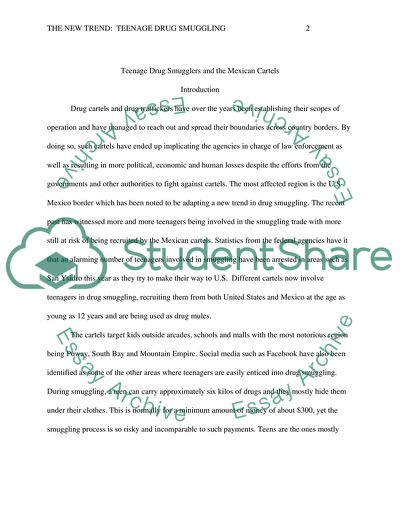Cite this document
(Teenage Drug Smugglers and the Mexican Cartels Research Paper, n.d.)
Teenage Drug Smugglers and the Mexican Cartels Research Paper. Retrieved from https://studentshare.org/sociology/1787723-teenage-drug-smugglers-and-the-mexican-cartels
Teenage Drug Smugglers and the Mexican Cartels Research Paper. Retrieved from https://studentshare.org/sociology/1787723-teenage-drug-smugglers-and-the-mexican-cartels
(Teenage Drug Smugglers and the Mexican Cartels Research Paper)
Teenage Drug Smugglers and the Mexican Cartels Research Paper. https://studentshare.org/sociology/1787723-teenage-drug-smugglers-and-the-mexican-cartels.
Teenage Drug Smugglers and the Mexican Cartels Research Paper. https://studentshare.org/sociology/1787723-teenage-drug-smugglers-and-the-mexican-cartels.
“Teenage Drug Smugglers and the Mexican Cartels Research Paper”, n.d. https://studentshare.org/sociology/1787723-teenage-drug-smugglers-and-the-mexican-cartels.


